Home>Interior Design>Organizing A Medicine Cabinet: 10 Ways To Keep Medical Supplies Safe
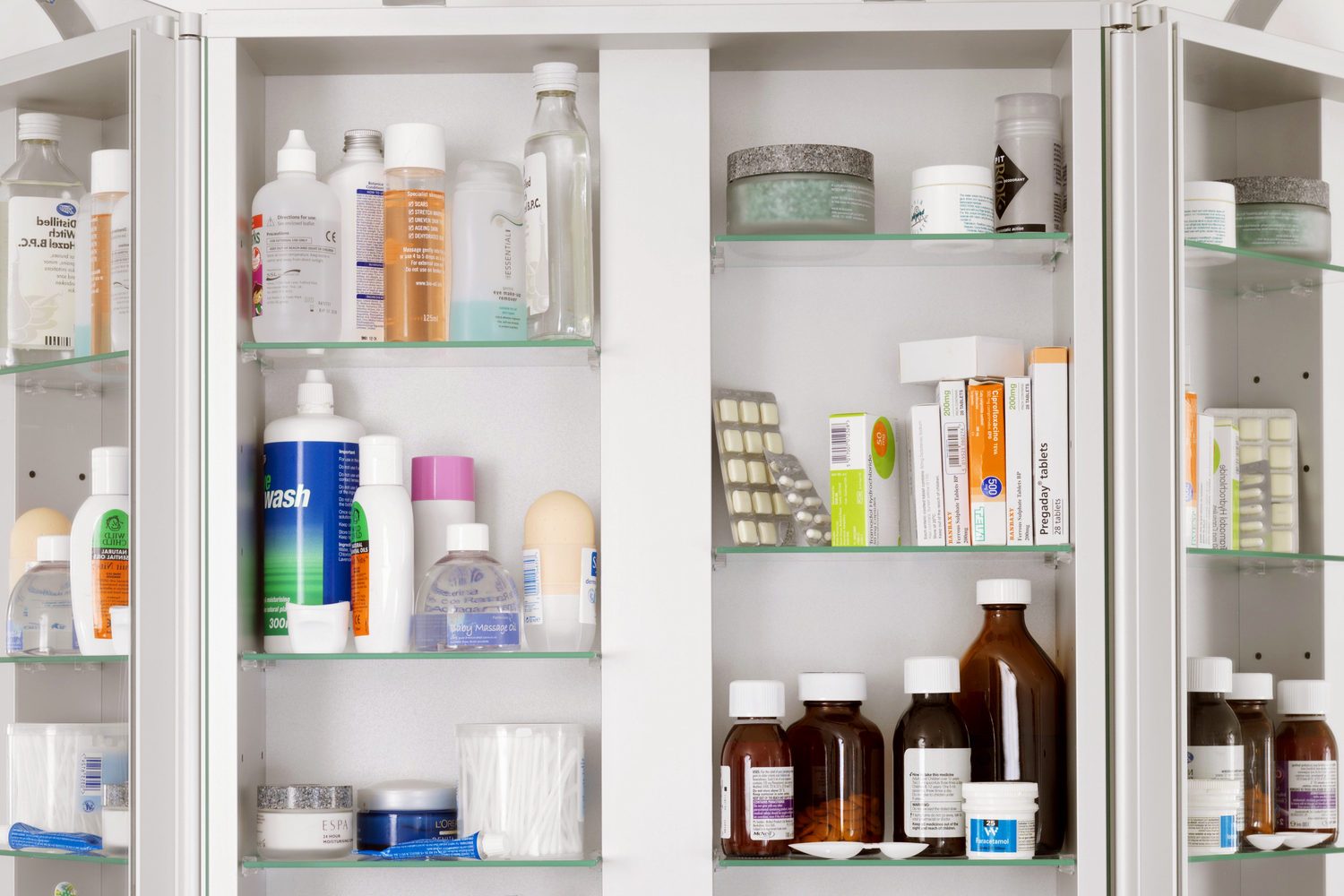

Interior Design
Organizing A Medicine Cabinet: 10 Ways To Keep Medical Supplies Safe
Modified: January 8, 2024
Discover 10 interior design tips for organizing your medicine cabinet and keeping your medical supplies safely stored away.
(Many of the links in this article redirect to a specific reviewed product. Your purchase of these products through affiliate links helps to generate commission for Storables.com, at no extra cost. Learn more)
Introduction
When it comes to organizing a medicine cabinet, having a system in place is essential for keeping your medical supplies safe, easily accessible, and up-to-date. A well-organized medicine cabinet not only helps you find what you need quickly but also promotes safety by keeping medications out of reach of children and pets.
In this article, we will explore ten practical ways to organize your medicine cabinet effectively. From removing expired medications to utilizing storage containers and dividers, these tips will not only help you maintain a tidy and functional medicine cabinet but also improve your overall healthcare management.
So, let’s dive in and discover how you can create a well-organized and safe space for your medical supplies!
Key Takeaways:
- Keep your medicine cabinet organized by removing expired items, sorting medications by type, and using labeled storage containers. This ensures easy access and promotes safety for your healthcare needs.
- Store medications in a cool, dry place, out of reach of children and pets. Utilize drawer dividers and regularly clean and organize to maintain a clutter-free and functional medicine cabinet.
Remove expired medications and supplies
One of the first steps in organizing your medicine cabinet is to remove any expired medications and supplies. Over time, medications can lose their effectiveness and may even become harmful. By regularly checking for expiration dates and discarding any expired items, you ensure that your medicine cabinet only contains safe and effective products.
Start by going through each item in your medicine cabinet and checking the expiration dates. Dispose of any medications that have passed their expiration date. Most pharmacies and some community centers offer medication disposal programs to help you safely get rid of expired or unused medications.
In addition to medications, also check the expiration dates on other medical supplies such as bandages, ointments, and creams. If any of these items are expired, discard them as well.
By removing expired medications and supplies, you not only declutter your medicine cabinet but also create space for new and necessary items. It is a good practice to regularly review your medicine cabinet every six months and check for expired items.
Remember, proper disposal of medications is crucial for environmental safety. Whenever possible, follow the guidelines provided by your local authorities or consult with a pharmacist for safe medication disposal methods.
Sort medications by type or purpose
Sorting your medications by type or purpose is a simple yet effective way to organize your medicine cabinet. By grouping similar medications together, you can quickly find what you need without searching through a cluttered cabinet.
Start by categorizing your medications into different groups such as over-the-counter (OTC) medications, prescription medications, vitamins and supplements, and topical creams. Within each category, further sort them by their purpose or usage, such as pain relief, cold and flu, allergies, etc.
You can use small bins or dividers to create separate sections within your medicine cabinet for each category. This will not only keep your medications organized but also prevent them from getting mixed up or misplaced.
Labeling each section or using clear containers can help you easily identify and access the medications you need. You can use a label maker or simply write the names of the categories on sticky notes or small pieces of paper.
Sorting medications by type or purpose not only saves you time but also ensures that you have a clear understanding of what is in your medicine cabinet. It helps you keep track of your supplies and ensures that you always have the necessary medications on hand when you need them.
Remember to regularly review and update the categorization of your medications. As new medications are added or old ones are used up, adjust the organization scheme accordingly to maintain an organized and functional medicine cabinet.
Use labeled storage containers or bins
Using labeled storage containers or bins is a practical way to keep your medicine cabinet organized and clutter-free. By having designated containers for different types of medication and supplies, you can easily locate what you need without having to dig through a jumble of items.
Choose clear containers that are the right size for your medicine cabinet shelves or drawers. Transparent containers allow you to see the contents at a glance, making it easier to find what you’re looking for. You can also opt for containers with lids to keep items secure and prevent spills.
Label each container with the category or purpose of the medications inside. This can be done using a label maker, sticky notes, or even handwritten labels. Make sure the labels are clear and easy to read.
If you prefer a more aesthetic approach, you can use decorative baskets or fabric bins to store your medications. Just remember to label them accordingly for easy identification.
Additionally, consider using separate containers for each family member’s medications. This further enhances organization and ensures that everyone’s medications are easily accessible when needed.
Having labeled storage containers or bins not only improves the functionality of your medicine cabinet but also helps prevent medication mix-ups and promotes safety. It allows you to quickly grab the right medication without confusion or accidentally taking the wrong one.
Remember to regularly clean and declutter your storage containers, discarding any expired or unnecessary items. This will keep your medicine cabinet tidy and maintain the organization system you’ve established.
Keep medications in a cool, dry place
Proper storage is essential for maintaining the effectiveness and safety of medications. To ensure the longevity of your medications, it’s important to keep them in a cool, dry place.
Exposure to heat, moisture, and direct sunlight can degrade the potency of medications and reduce their shelf life. Therefore, avoid storing medications in areas that are prone to temperature fluctuations, such as near windows or in steamy bathrooms.
Choose a cool and dry location for your medicine cabinet, away from areas that are exposed to high humidity or extreme temperatures. Ideal storage locations include cabinets in your bedroom or linen closet.
If you live in a region with high humidity, consider using a desiccant packet or a moisture-absorbing product in your medicine cabinet. These can help absorb excess moisture and prevent damage to your medications.
It’s also important not to store medications in the refrigerator, unless specifically recommended by your healthcare provider or indicated on the packaging. Some medications are sensitive to cold temperatures and may lose their effectiveness if stored in the refrigerator.
When organizing your medicine cabinet, keep medications away from potential sources of moisture such as shower sprays or sinks. Ensure that the bottles and containers are tightly closed to protect them from humidity and moisture.
By storing your medications in a cool, dry place, you prolong their shelf life and maintain their potency. This also ensures that your medications are ready to use when needed, without any compromise in effectiveness.
Store medications out of reach of children and pets
When organizing your medicine cabinet, it is of utmost importance to store medications out of reach of children and pets. Accidental ingestion of medications can have serious consequences, so it’s crucial to take steps to prevent access to potentially harmful substances.
Children are naturally curious and may mistake medications for candy or snacks. Pets, too, can be attracted to the scent or taste of certain medications. Therefore, it’s essential to ensure that your medicine cabinet is secured and inaccessible to them.
One way to achieve this is by placing medications in high or locked cabinets that are beyond the reach of children or pets. Utilize the upper shelves of your medicine cabinet or consider installing a childproof lock to prevent unauthorized access.
If you have young children in the household, it’s important to educate them about the dangers of consuming medications without supervision. Teach them that medications are not toys and should only be taken under the guidance of a responsible adult.
In addition to securing your medicine cabinet, make sure to store medications in child-resistant containers. These specialized containers are designed with features that make it difficult for children to open them without adult assistance.
When taking medications yourself, always keep a watchful eye on the items you are using and promptly return them to a secure location. Avoid leaving medications unattended on countertops or in easily accessible places.
Remember to regularly check your medicine cabinet for any misplaced or dropped medication that might be within reach of children or pets. If you find any loose pills or spilled medications, clean them up immediately and safely store them in their appropriate containers.
By storing medications out of reach of children and pets, you promote a safe environment and minimize the risk of accidental ingestion or harm. Taking these precautions ensures the well-being of your loved ones and provides peace of mind.
Store medications in their original containers with labels intact to ensure proper identification and dosage information.
Utilize drawer dividers or organizers
If your medicine cabinet has drawers, utilizing dividers or organizers is an excellent way to maximize space and keep your supplies neatly organized. Drawer dividers help separate different types of medications and supplies, making them easily accessible and preventing them from getting jumbled together.
Start by measuring the dimensions of your drawers to determine the space available. Look for drawer dividers or organizers that fit the size and shape of your medicine cabinet drawers. They come in various materials, such as plastic, acrylic, or bamboo, and have adjustable sections to accommodate different items.
Consider categorizing your medications and supplies into groups that make sense to you, such as by usage or frequency of use. For example, you can have separate sections for everyday medications, first aid supplies, or specialty medications.
Place the dividers or organizers in the drawers and arrange your medications and supplies accordingly. You can use one drawer divider per category or assign multiple categories to each divider, depending on the size and layout of your medicine cabinet.
By utilizing drawer dividers, you create designated spaces for each group of items, ensuring that everything has its place. This not only makes it easier to locate specific medications or supplies but also allows you to make the most of the available drawer space.
Be sure to regularly clean and declutter your drawer dividers. Remove any expired medications or items that you no longer need. Wipe down the dividers with a damp cloth to keep them clean and free of any dust or debris.
If your medicine cabinet doesn’t have drawers, you can still utilize smaller organizers or storage containers on the shelves. These can help keep similar items together and prevent them from getting mixed up or lost among other products.
Utilizing drawer dividers or organizers in your medicine cabinet promotes efficient use of space and simplifies your daily routine. With everything neatly separated and easily accessible, you can quickly find what you need without the hassle of searching through a cluttered cabinet.
Group similar items together
Another effective organizing strategy for your medicine cabinet is to group similar items together. By clustering similar items, you create a cohesive and organized system that makes it easier to find what you need when you need it.
Start by identifying the different categories of items you have in your medicine cabinet. These can include medications for specific ailments, first aid supplies, personal care items, and medical equipment.
Once you have identified the categories, group them together in your medicine cabinet. For example, place all cold and flu medications in one section, allergy medications in another, and first aid supplies in a separate section.
Consider arranging the items in each category in a logical order. For medications, you can organize them alphabetically or by their primary use. For first aid supplies, you can arrange them based on their purpose, such as wound care or pain relief.
You can further enhance this grouping system by using containers or bins to hold each category of items. Clear containers allow you to see the contents easily, making it even simpler to locate specific items.
Label each container or section to clearly identify the contents. This can be done using adhesive labels, sticky notes, or even masking tape and a marker. Ensuring that every category is clearly defined helps maintain the organization system and makes it easier for others to find items in your medicine cabinet.
By grouping similar items, you not only streamline your search for specific items but also create a visually appealing and functional medicine cabinet. This grouping system helps reduce clutter, saves time, and promotes efficient use of space.
Remember to periodically review your groupings and make adjustments as needed. As items are added or removed from your medicine cabinet, ensure that they are placed in the appropriate category to maintain the organization system.
With similar items grouped together, your medicine cabinet becomes an easily navigable space where you can quickly locate the items you need with ease.
Keep an inventory of medications and supplies
Maintaining an inventory of your medications and supplies is a crucial step in organizing your medicine cabinet. It allows you to keep track of what you have on hand, which helps prevent running out of essential items and avoids unnecessary purchases.
To start your inventory, gather all your medications and supplies and make a list of each item. Include important details such as the name of the medication, dosage, expiration date, and quantity remaining.
A simple way to track your inventory is to use a spreadsheet or a note-taking app. You can create columns for each piece of information, making it easy to update and reference as needed.
Regularly review your inventory to ensure that it is accurate and up-to-date. As you use or discard medications, make the necessary adjustments to reflect the changes in your inventory list.
Having an inventory not only helps you manage your current supplies but also provides valuable information about when medications or supplies need to be replenished. This proactive approach ensures that you always have what you need and prevents accidental shortages.
In addition to tracking quantities, consider including a reminder for when to renew prescriptions or purchase refills. This way, you can stay ahead of any medication renewals and avoid last-minute rushes to the pharmacy.
Remember to store your inventory list in an accessible location or keep it digitally in a secure and easily accessible folder on your computer or smartphone. This way, you can easily update it when needed and quickly refer to it when planning your medication refills or shopping trips.
By keeping an inventory of your medications and supplies, you can maintain an organized medicine cabinet and effectively manage your healthcare needs. Whether it’s tracking expiration dates or staying on top of your medication stock, an inventory system ensures that you are well-prepared and can easily navigate your medicine cabinet with confidence.
Store medications in their original packaging
When organizing your medicine cabinet, it’s important to store medications in their original packaging whenever possible. The original packaging provides important information about the medication, including dosage instructions, expiration dates, and potential side effects.
Leaving medications in their original packaging helps you easily identify and differentiate between different medications, especially if they are similar in appearance or shape.
By keeping medications in their original packaging, you ensure that the important information is readily available when you need it. It also helps you avoid confusion and potential medication errors.
Consider designating a specific shelf or section in your medicine cabinet to hold the original packaging. This way, you can easily refer to the packaging if you need to review the instructions or find additional information.
If you prefer to use pill organizers or daily medication containers, consider keeping the main supply of the medication in its original packaging and only placing the necessary daily doses in the organizers. This way, you have the necessary information readily available in case you need to reference it.
Keeping medications in their original packaging also helps protect them from exposure to light, moisture, and air, which can affect their potency and shelf life. The packaging provides a layer of protection that can help extend the lifespan of your medications.
Remember to properly seal the original packaging after each use to maintain its integrity. This will help preserve the quality and effectiveness of the medication. If the original packaging becomes damaged or hard to use, consider transferring the medication to a new, clean pill bottle while keeping the important label intact.
By storing medications in their original packaging, you ensure that you have all the necessary information readily available and maintain the integrity of the medication. This practice enhances medication safety and organization within your medicine cabinet.
Regularly clean and organize the medicine cabinet
To maintain an organized and functional medicine cabinet, it’s essential to regularly clean and organize the space. Over time, dust, spills, and expired medications can accumulate, leading to a cluttered and potentially unsafe cabinet.
Set aside dedicated time every few months to thoroughly clean and declutter your medicine cabinet. Start by removing all the items from the cabinet, wiping down the shelves with a damp cloth or cleaning solution, and allowing them to dry completely.
As you clean, check the expiration dates on all medications and supplies. Remove any expired medications, as well as any items that are no longer needed or have been contaminated.
Dispose of expired medications following proper guidelines and consider using a designated medication disposal program offered by pharmacies or community centers. This ensures the safe and responsible disposal of medications.
Once you have cleaned and decluttered the cabinet, take the opportunity to reorganize the items in a systematic and logical manner. Implement the tips mentioned earlier, such as sorting by type or purpose and utilizing storage containers or dividers, to create an organized system.
During the organization process, group similar items together, label containers or shelves, and ensure that frequently used items are easily accessible. Consider the needs of your household and arrange items accordingly.
In addition to regular cleaning and organizing, be mindful of maintaining the cleanliness of your medicine cabinet on a day-to-day basis. Wipe up any spills or drips as they occur and promptly return items to their designated spots after use.
By regularly cleaning and organizing your medicine cabinet, you create a clean and organized space that is easy to navigate. This not only improves the overall functionality and efficiency of your cabinet but also promotes safety and prevents the accumulation of expired or unnecessary items.
Remember to regularly revisit your organization system and make adjustments as needed. As your healthcare needs change or new medications are introduced, update your organization to reflect these changes.
A well-maintained and organized medicine cabinet not only creates a visually pleasing space but also ensures that you have quick and easy access to the medical supplies you need when you need them.
Conclusion
Organizing your medicine cabinet is an essential part of maintaining a safe and efficient healthcare management system. By following the ten tips outlined in this article, you can create a well-organized and easily accessible space for your medications and supplies.
Start by removing expired medications and supplies to ensure the safety and effectiveness of your healthcare items. Sort your medications by type or purpose and utilize labeled storage containers or bins to keep everything neat and easily identifiable.
Remember to store medications in a cool, dry place and keep them out of reach of children and pets to prevent accidental ingestion. Utilize drawer dividers or organizers to maximize space and group similar items together for easy access.
Keeping an inventory of your medications and supplies helps you stay organized and ensures that you always have what you need on hand. Store medications in their original packaging to retain important information and preserve their potency.
Lastly, regularly clean and organize your medicine cabinet to maintain a clutter-free and functional space. This not only improves the overall effectiveness of your healthcare routine but also promotes safety and prevents the accumulation of expired or unnecessary items.
By implementing these ten tips, you can transform your medicine cabinet into a well-organized and efficient space. Not only will you save time and prevent stress when searching for medications, but you will also have peace of mind knowing that your healthcare supplies are stored safely and effectively.
Remember to periodically review and update your organization system as your needs change. By consistently maintaining your organized medicine cabinet, you can ensure ongoing efficiency and safety in managing your healthcare needs.
So, take the time to organize your medicine cabinet today and enjoy the benefits of a well-managed and easily accessible healthcare space!
Frequently Asked Questions about Organizing A Medicine Cabinet: 10 Ways To Keep Medical Supplies Safe
Was this page helpful?
At Storables.com, we guarantee accurate and reliable information. Our content, validated by Expert Board Contributors, is crafted following stringent Editorial Policies. We're committed to providing you with well-researched, expert-backed insights for all your informational needs.
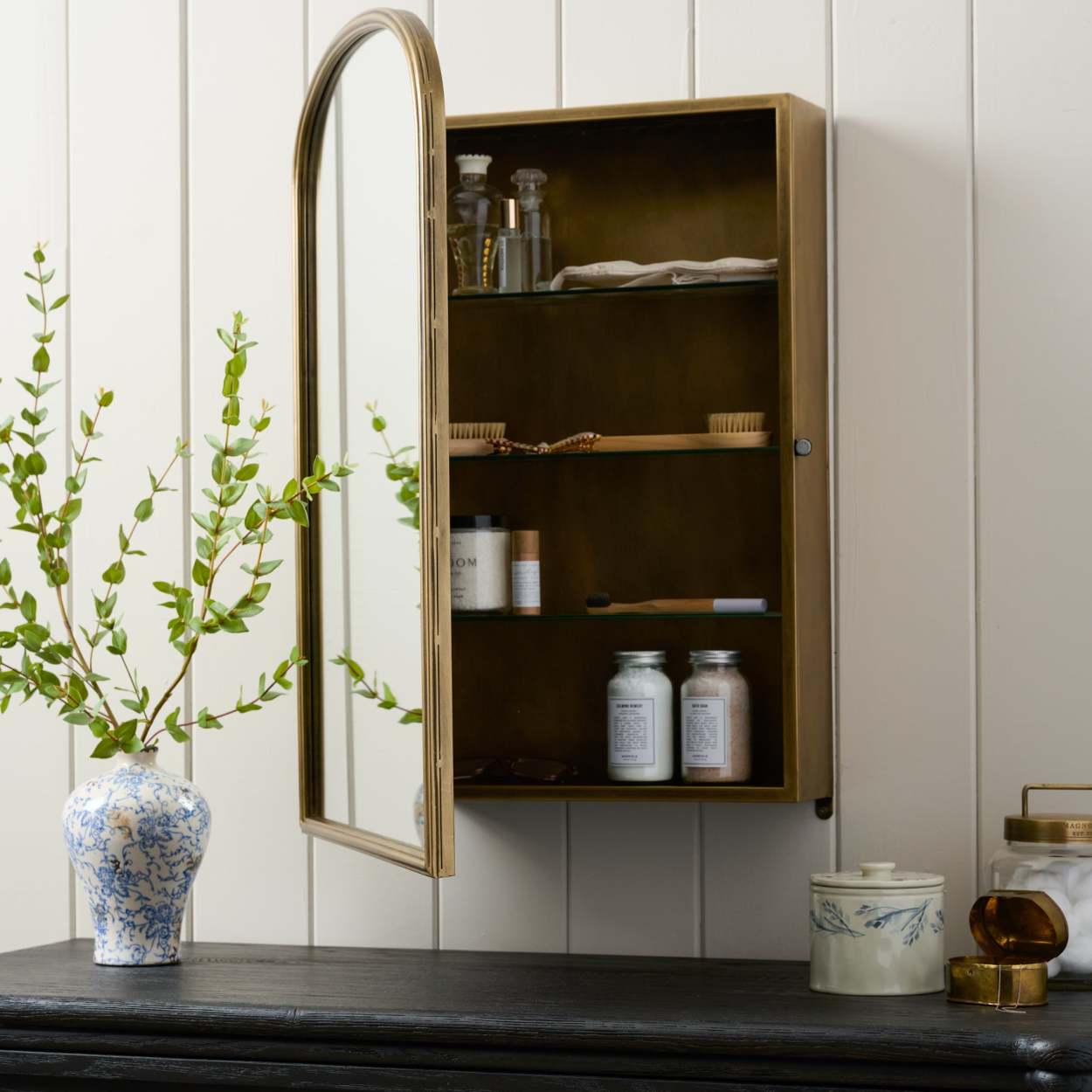
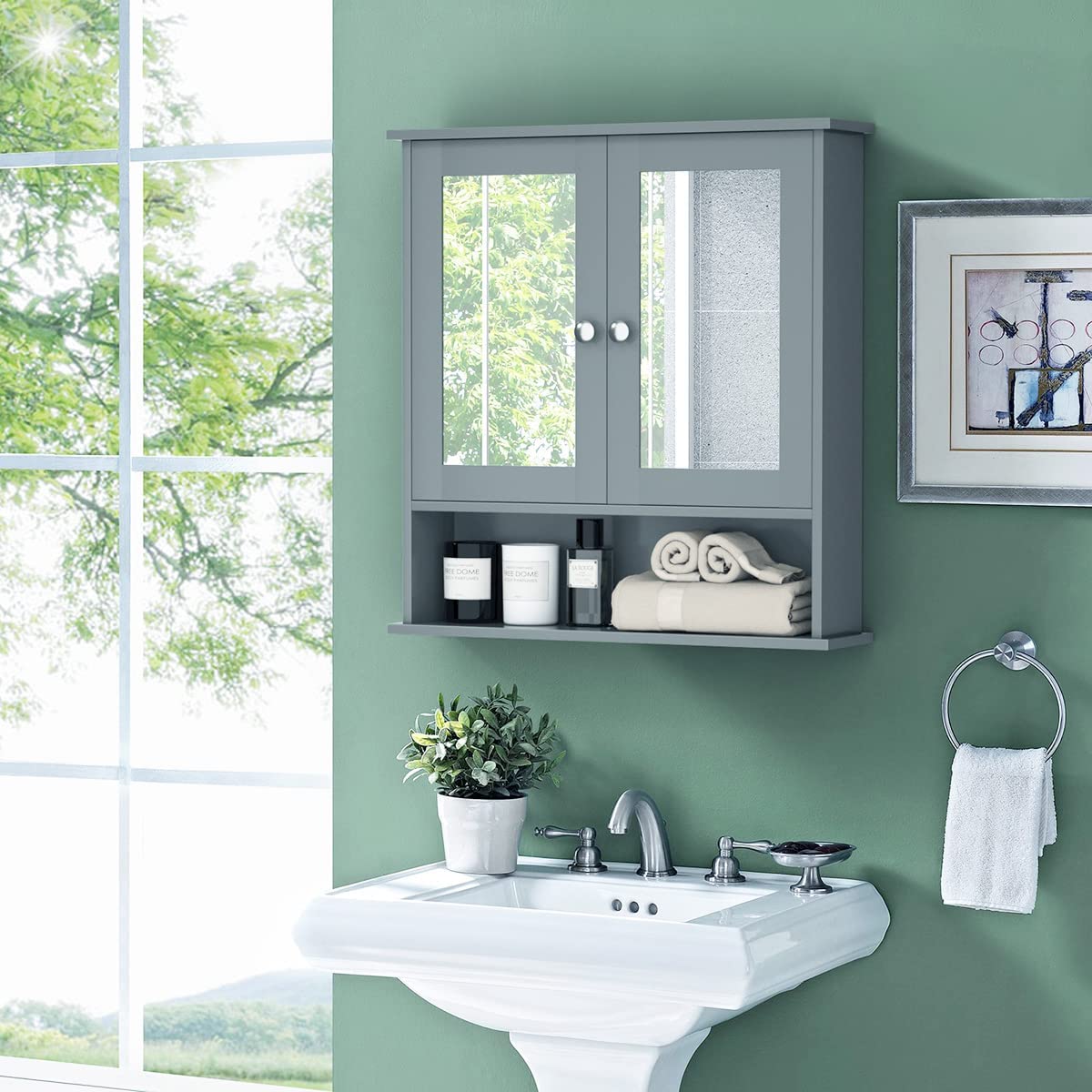


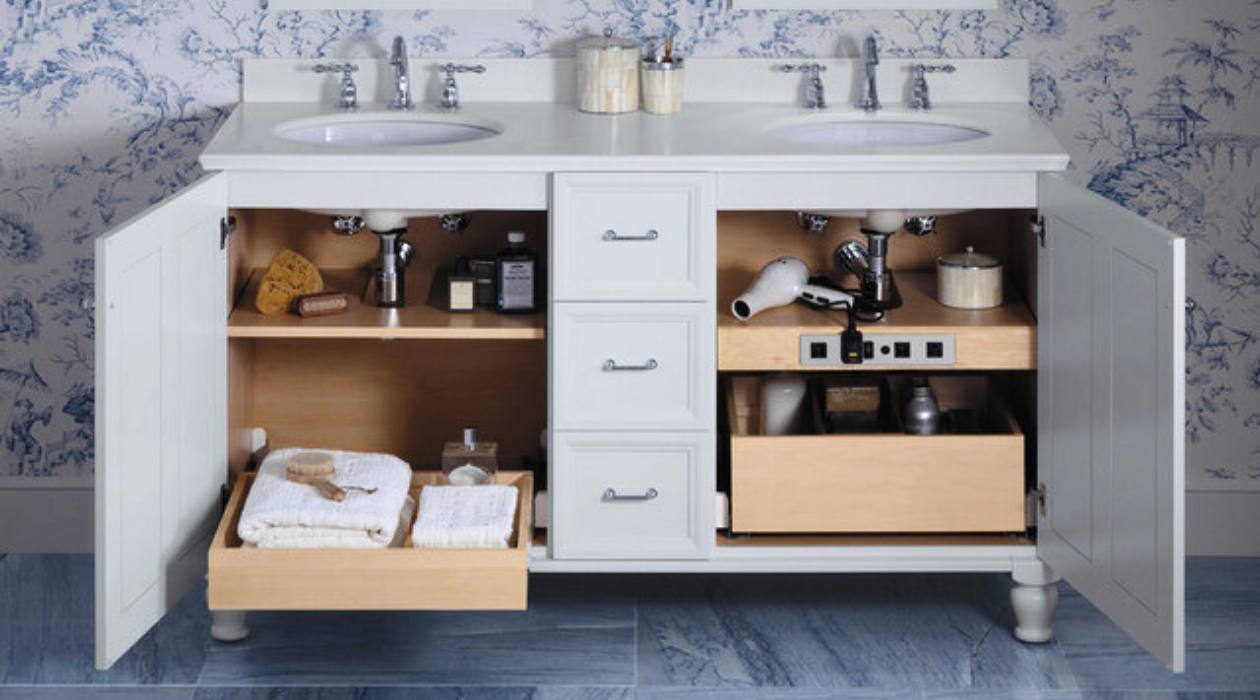
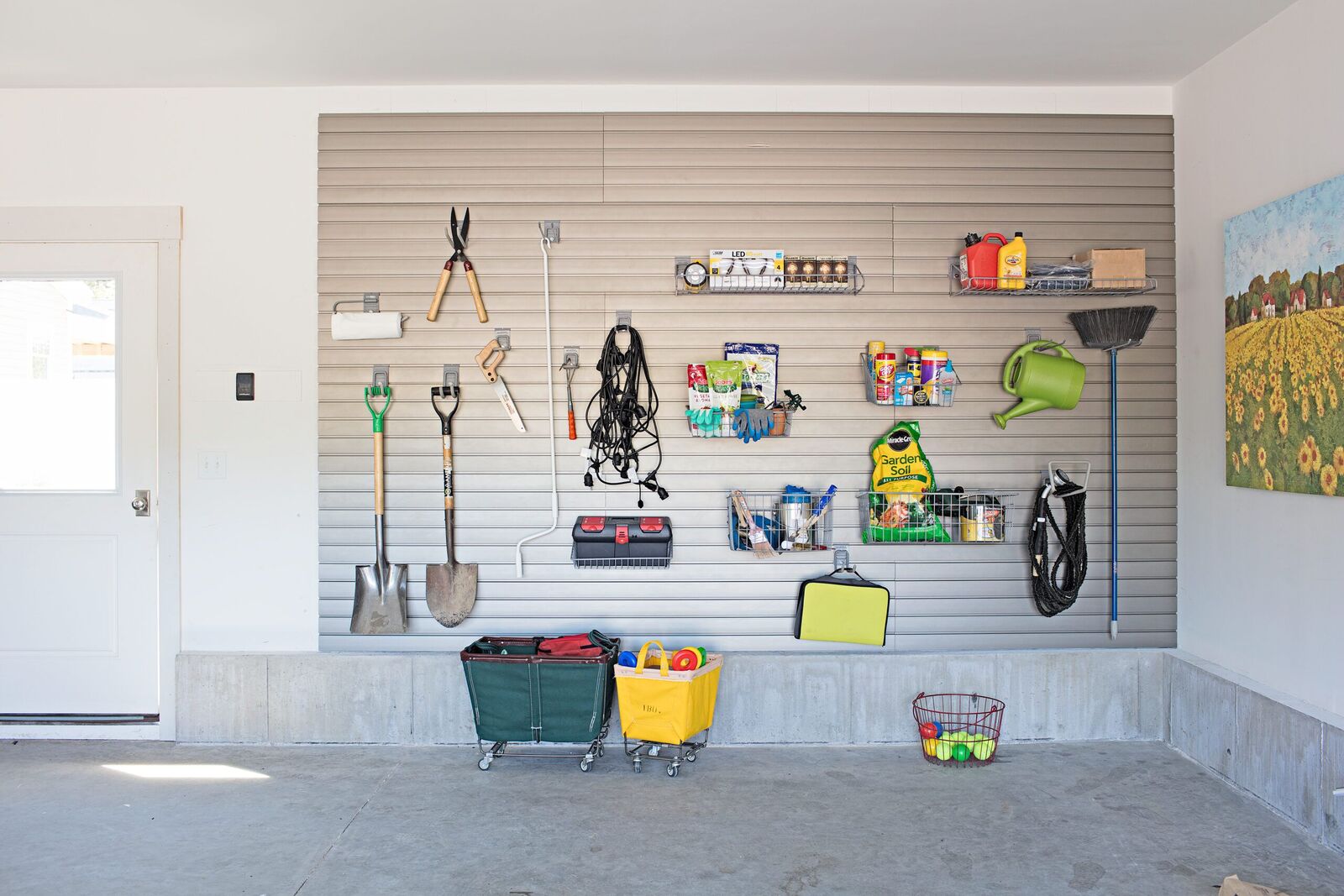
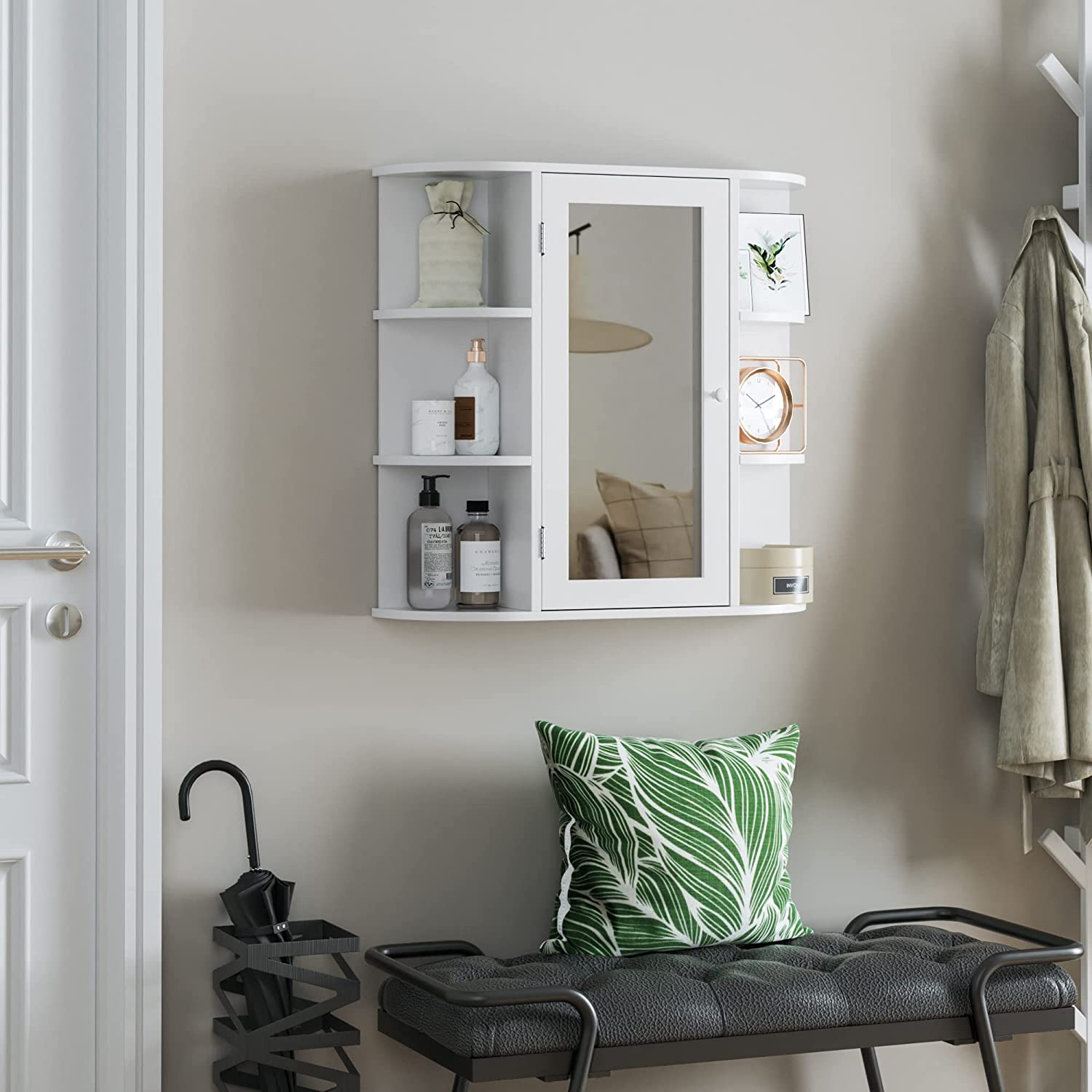
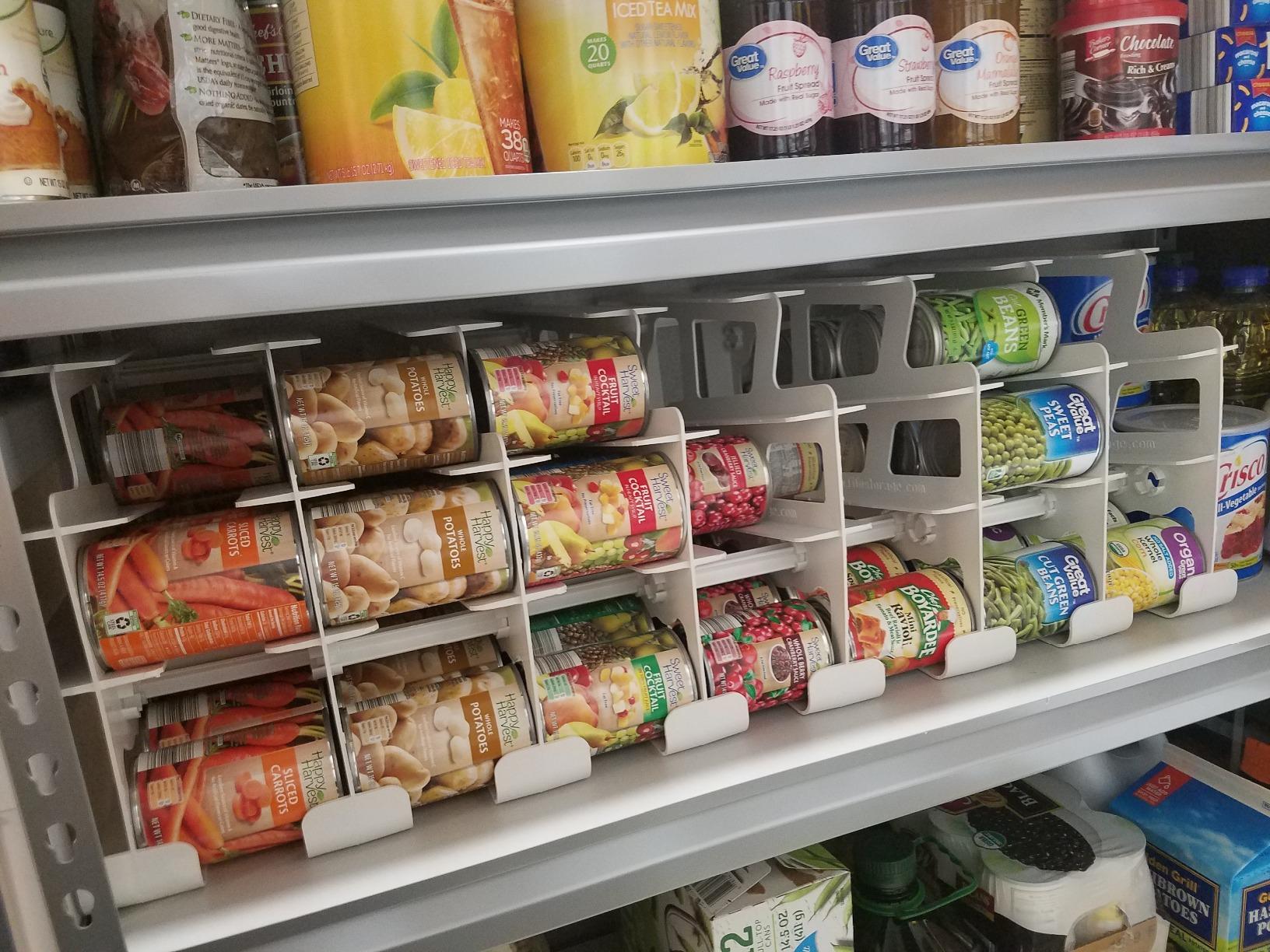
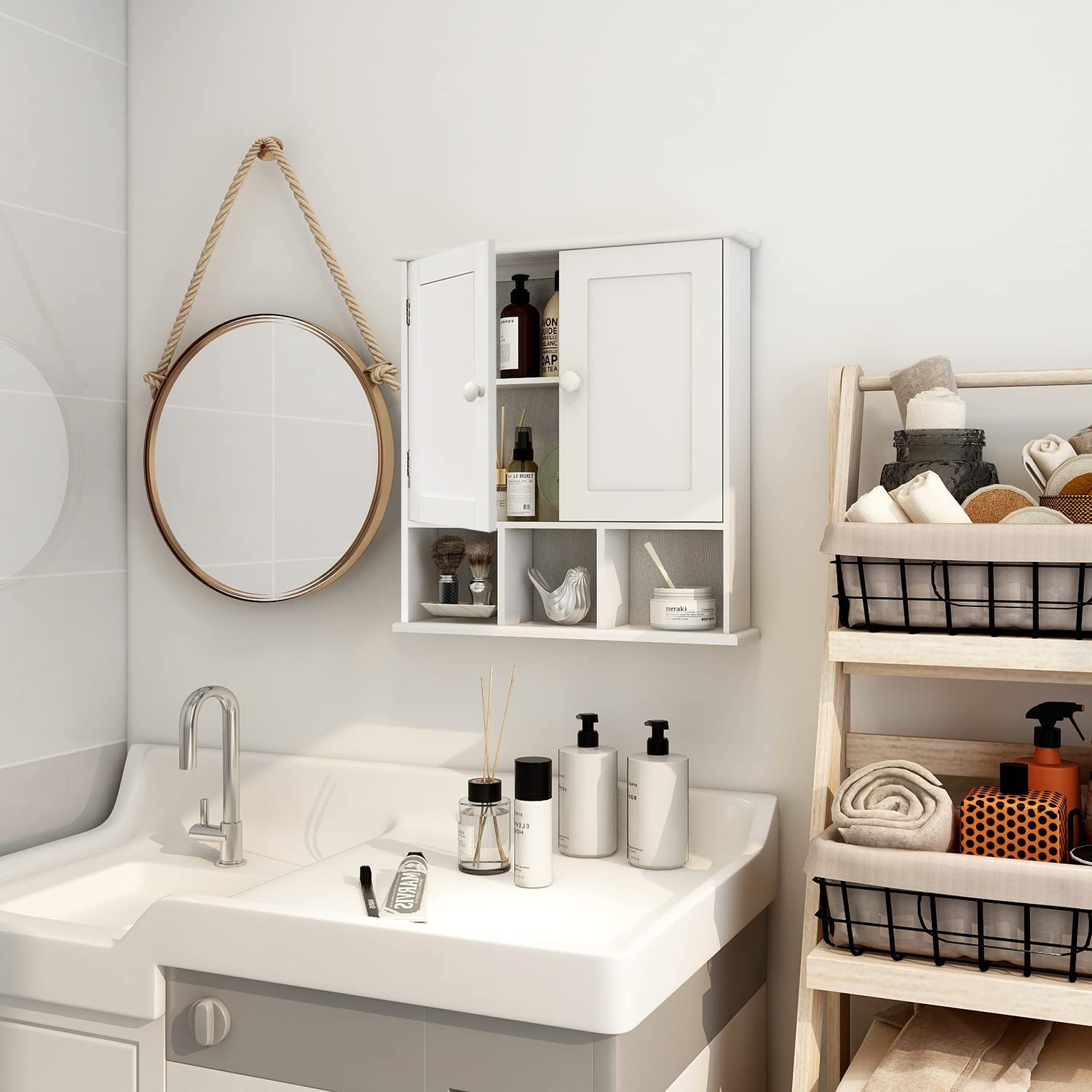
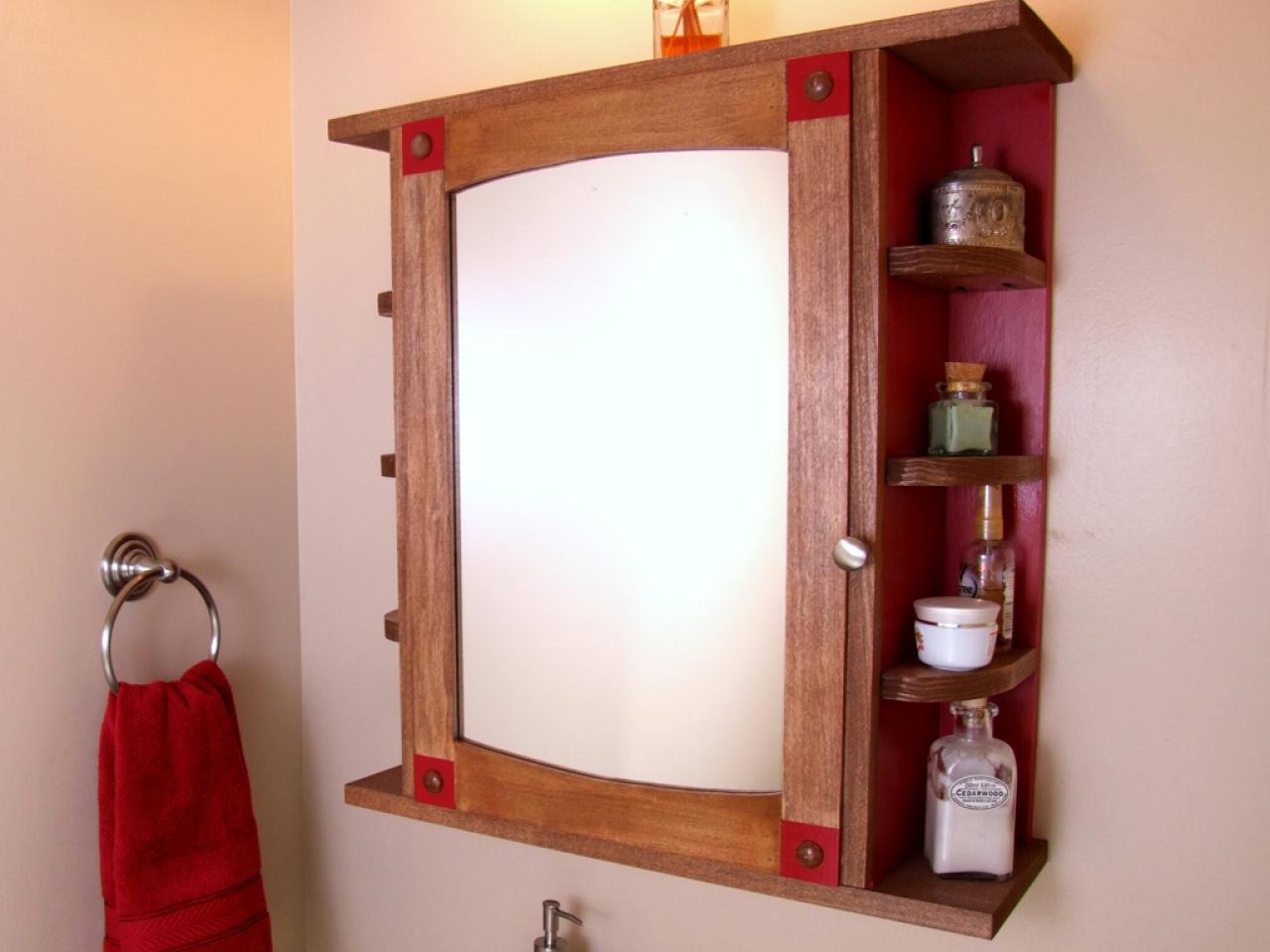
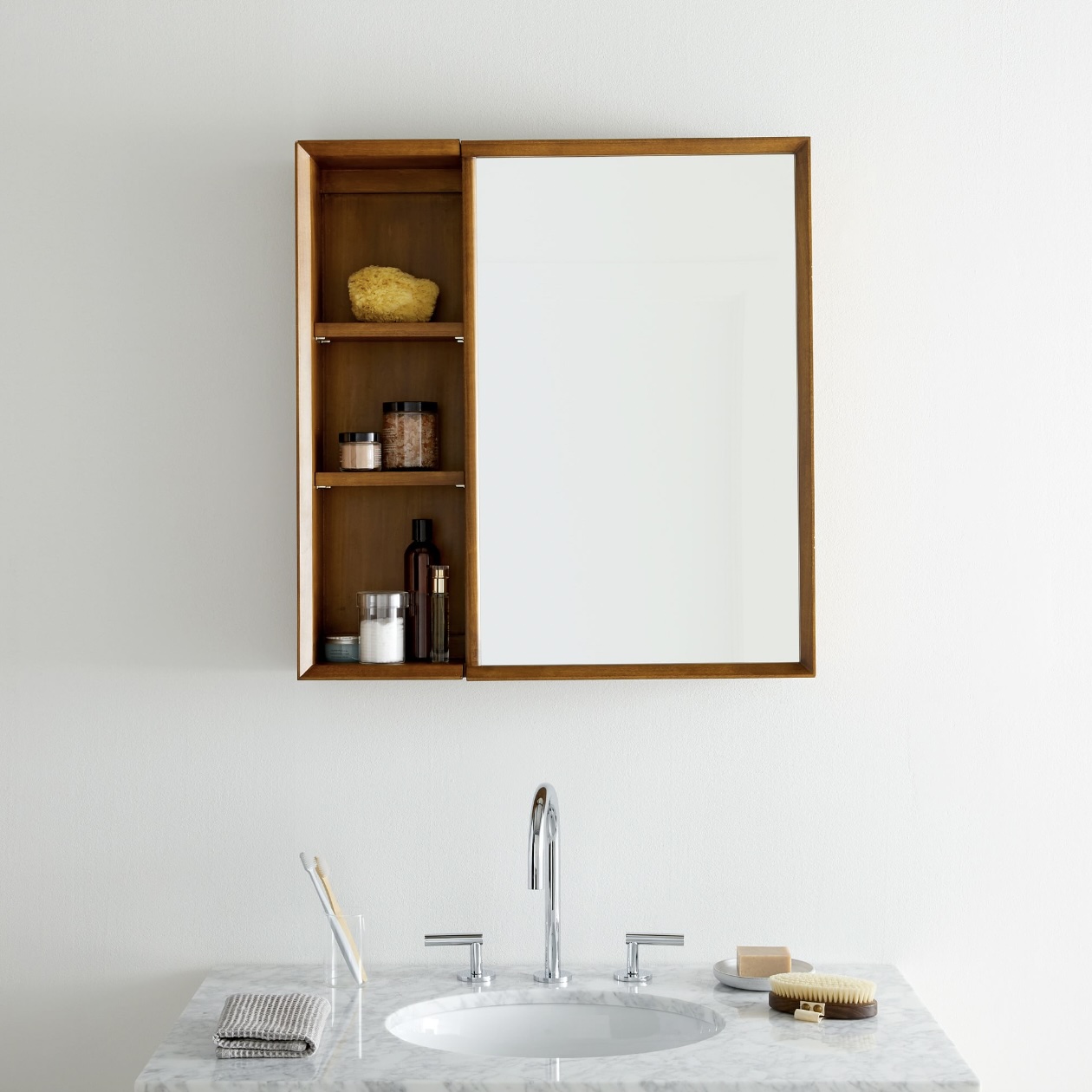
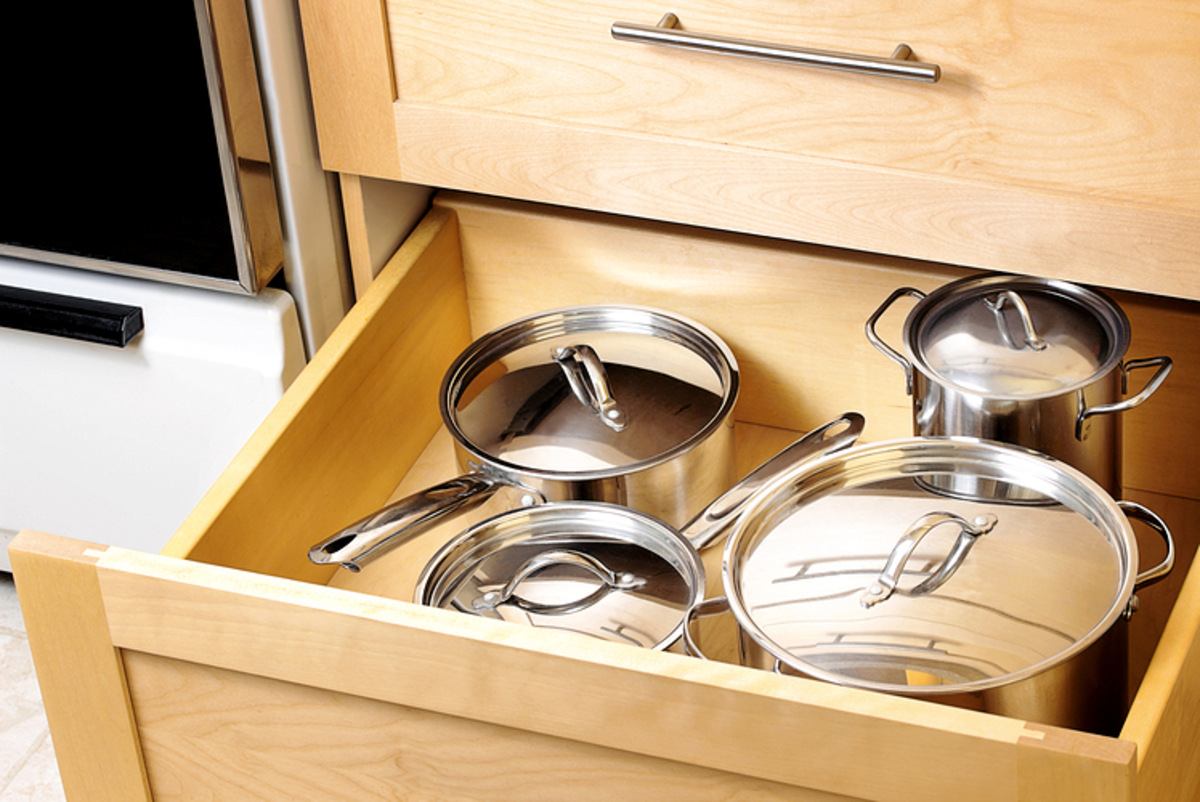
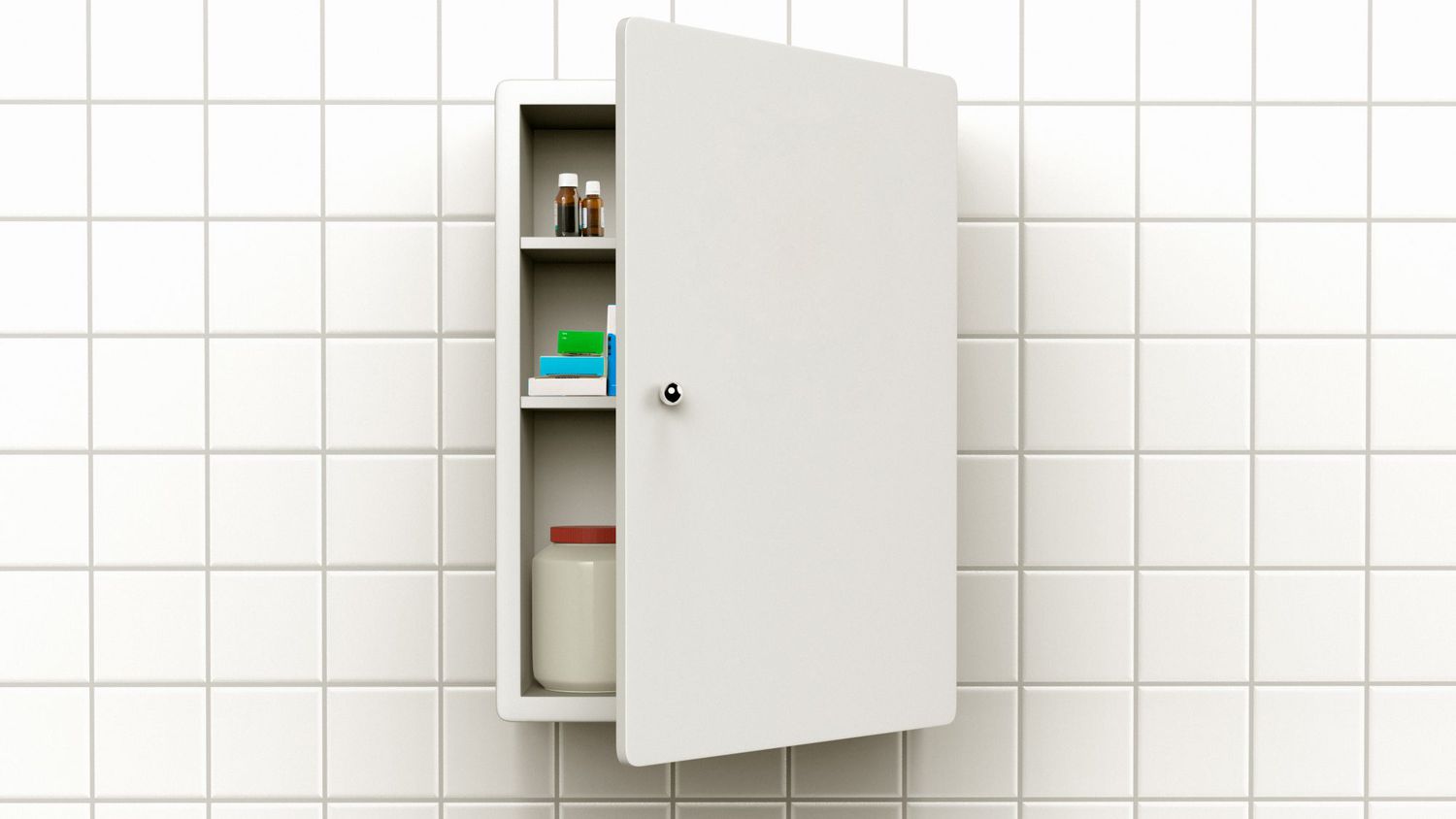

0 thoughts on “Organizing A Medicine Cabinet: 10 Ways To Keep Medical Supplies Safe”